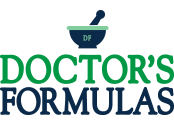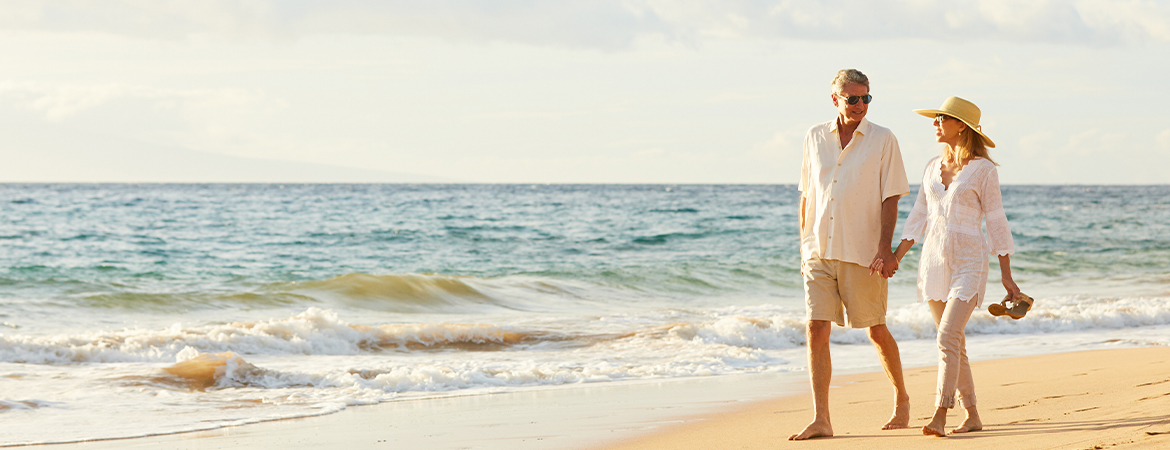Coenzyme Q10 Supplementation & Oxidative Stress Prevention
Levels of Plasma Coenzyme Q10 Are Associated with Physical Capacity and Cardiovascular Risk in the Elderly
Coenzyme Q10 (CoQ10) is an essential factor for mitochondrial activity and antioxidant protection of cells, tissues, and plasma lipoproteins. Its deficiency has been associated with aging progression in animals and humans. To determine if CoQ10 levels in plasma can be associated with frailty in elderly people (aged > 65), we studied the relationship of CoQ10 levels in blood with other parameters in plasma and with the physical activity and capacity in aged people.
Our results indicate that high CoQ10 levels are directly associated with lower cardiovascular risk measured by the quotient total cholesterol/HDL cholesterol. Furthermore, high CoQ10 levels were found in people showing higher physical activity, and stronger muscle capacity. CoQ10 also showed a strong inverse relationship between sedentarism and the up-and-go test, which is considered to be a frailty index.
Interestingly, we found gender differences, indicating stronger correlations in women than in men. The importance of the maintenance of CoQ10 levels in elderly people to avoid sarcopenia and frailty in elderly people is discussed.
Coenzyme Q10 (CoQ10) is a key component for cell metabolism and antioxidant protection. In mitochondria, CoQ10 is located in the inner mitochondrial membrane which acts as an essential component of the electron transport chain (ETC). In mitochondria, and in the rest of the membranes, CoQ10 is the main antioxidant for the lipidic milieu reducing oxidative damage of phospholipids and controlling by this mechanism cell survival.
Furthermore, in plasma lipoproteins, CoQ10 is the main protective agent reducing the peroxidation of these proteins, and reducing cardiovascular risk by decreasing oxidation of low-density lipoproteins (oxLDLs), especially in elderly people.
Because of these essential activities, CoQ10 can be considered a key component of the physiology of cells that play an important role in the progression of aging. In fact, decreasing levels of CoQ10 have been associated with the dysfunction of several organs in aged people. CoQ is synthesized by a synthome comprising at least 11 different proteins acting between the endoplasmic reticulum and mitochondria.
In previous studies, we determined that CoQ10 levels showed different behavior in young from that in old people, representing a different physiological response that is probably associated with the levels of oxidative damage. Furthermore, CoQ10 levels showed an inverse relationship with obesity and with oxidative damage in plasma. CoQ10 can be obtained from the diet although the amount obtained seems to be very low from this source. In blood plasma, CoQ10 levels have been studied in aging to determine whether they can be considered to be aging-related biomarkers.
Taking into consideration the essential role of CoQ10 in many metabolic and antioxidant activities in the organism, the present work tries to determine whether CoQ10 levels in plasma can be associated with frailty risk in elderly people and if CoQ10 can be considered a therapeutic target to reduce sarcopenia and improve functional capacity during aging.
It is clear that maintenance of active physical capacity during aging is essential for avoiding frailty. Many studies support the positive effect of CoQ10 on physical activity.
A combination of CoQ10 with physical activity could be an important therapy for avoiding sarcopenia and maintaining higher capacity during aging. Importantly, gender differences found in this study must be studied in depth in order to determine whether the effect of CoQ10 is stronger in women than in men and to design therapeutic strategies in accordance with these differences.
Moreover, the relationship between CoQ10 and cholesterol found in elderly people will be a subject for future works in order to determine whether age is a factor in the correlation between cholesterol and CoQ10 in plasma.
Furthermore, the association of physical activity in elderly people with high CoQ10 levels could not only improve endothelial capacity but also reduce the release of vesicles and factors involved in inflammation and the senescence phenotype.
Further studies are needed to determine whether CoQ10 can also reduce this phenotype in muscle since in the case of a positive relationship CoQ10 could be considered a senolitic compound for muscle.
Story Source / Πηγή Άρθρου:
Levels of Plasma Coenzyme Q10 Are Associated with Physical Capacity and Cardiovascular Risk in the Elderly. Antioxidants 2022, 11(2), 279; https://doi.org/10.3390/antiox11020279

